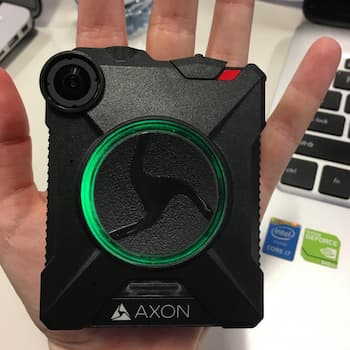Body-worn Cameras and Their Influence on Public Perceptions of Police
Body-worn cameras have been widely adopted by police services. Their adoption has been accompanied by a wave of predictions about how body-worn cameras (BWCs) will shape policing. Police, citizen rights groups, and scholars have predicted a variety of outcomes of using BWCs, including increased officer accountability, improved police-citizen interactions, and enhanced evidence collection. Despite their widespread adoption and subsequent study by scholars, there is much we still do not know about how BWCs may influence policing. One of the questions that researchers have is whether BWCs affect public perceptions of police. Some research suggests that BWCs can improve people’s perceptions of police; others suggest that the technologies may have no effect on public perceptions; and yet, still others, suggest that the use of BWCs may negatively affect public perceptions of police.
Researchers Alana Saulnier (Lakehead University), Ryan Lahay (Ontario Tech University), William P. McCarty (University of Illinois at Chicago), and Carrie Sanders (Wilfrid Laurier University) have contributed to the discourse around BWCs in their recent article in Criminology and Public Policy. The investigators examined the use of BWCs and their influence on public perceptions of police in an innovative field experiment. Saulnier and her co-investigators set up their field experiment in conjunction with a Reduce Impaired Driving Everywhere (RIDE) check point intended to identify motorists who were driving while impaired. The long standing use of RIDE programs enabled the researchers to observe a largely standardized interaction between police and citizens and manipulate the presence and absence of BWCs. In the experiment, some of the participants interacted with officers who were wearing a BWC (and were notified of its presence) and others interacted with officers with no BWC. Once an officer had interacted with a motorist (and no alcohol was detected) a research assistant stepped forward to introduce the project and request participation in the survey. In total, 361 surveys were completed by people who had interacted with an officer.
Saulnier and her colleagues found that BWCs had a positive impact on public perceptions of police. One explanation for this may be behaviour change among police officers. Another explanation may be that people see the camera as a symbolic gesture, demonstrating an effort by police to improve accountability and transparency. The authors also note that when considering explanations, it is important to keep in mind factors such as participants’ pre-existing experiences with and views of police.
